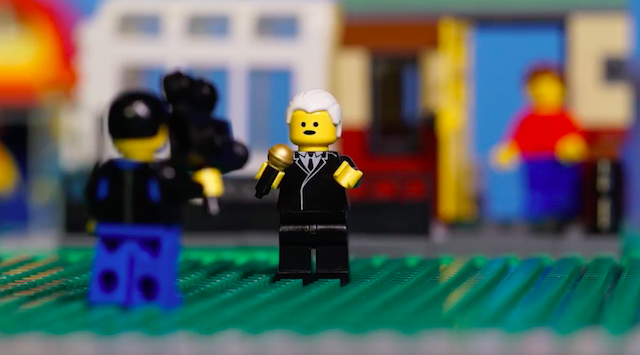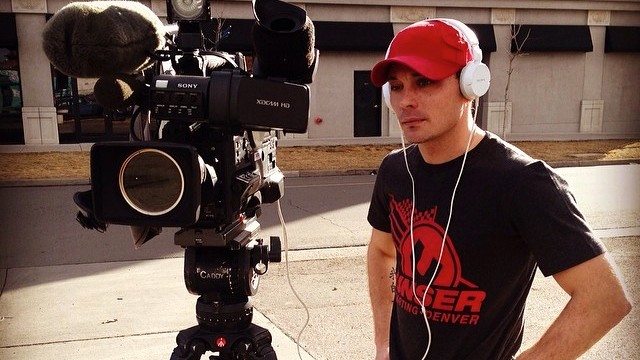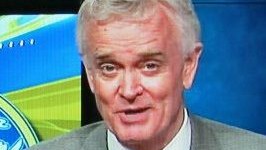In the five years that I have captained this blog, I have written this post four times. It remains one of my favorite annual pieces to pen, because it involves one of my favorite annual traditions: watching the winners of the NPPA’s Best of Photojournalism video awards.
Every year I sit down, click on links, and marvel at the winners. And every year I take away new lessons that, I hope, will boost my own work. This year I was named a NPPA finalist for three of my stories, and I won the association’s prize for Solo Video Journalist of the Year. But I found, in the Best of Photojournalism winners, work that inspires me to improve and compels me to keep crafting.
Here are five lessons that will stay with me – and perhaps you too:
THE STORY: Light Will Prevail, by Ryan Oliveira (KXAS-TV, Dallas)
THE LESSON: Sometimes the best treatment for raw emotion is restraint behind the camera.
A mass shooting last fall at a baptist church caused a crush of media to descend on the tiny town of Sutherland Springs, Tex. Residents struggled to grasp with the horror and loss, and they didn’t hide their emotions.
In this story, which took first place in the category of General Hard News Photography, Ryan Oliveira of NBC5 in Dallas met the rawness with distance and technique. He largely kept his camera back, focusing instead on framing and lighting exquisite shots to capture the intensity. I cannot say enough about his sensitivity here, and the same goes for his teammate on this story, reporter Noelle Walker. I have no doubt they were moved by what they saw in Sutherland Springs. It showed in pieces like this, that eschew boldness and instead show tenderness and sympathy during a tragic time.


